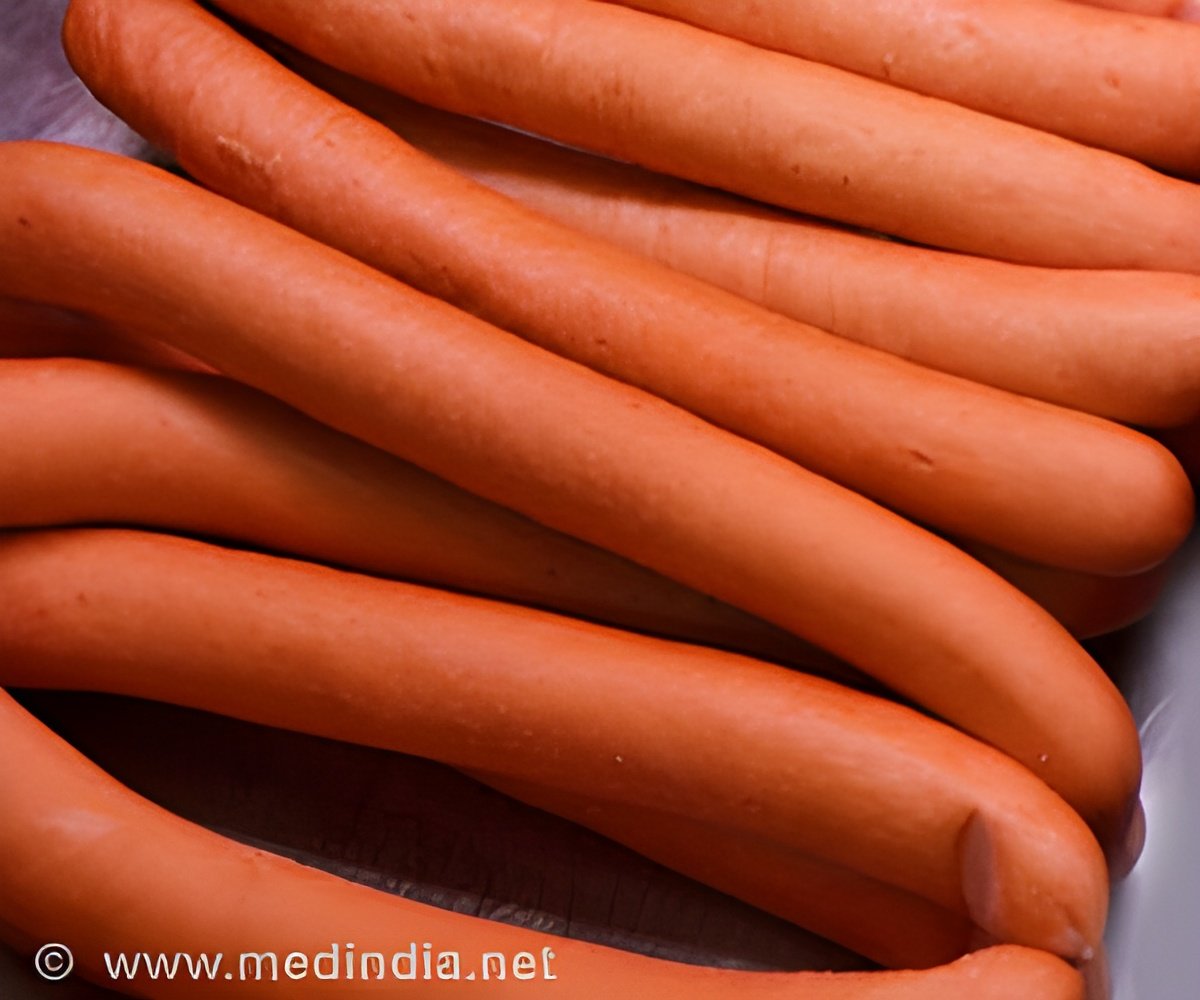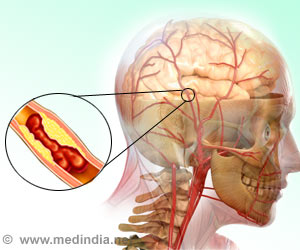
‘Fourteen percent of sausages sampled contained meats that weren't on the label.’
Tweet it Now
Researchers found mislabelling and cross-species contamination of meat ingredients in 14 percent of sausage samples selected from grocery stores across the country. That's down from a first-ever study conducted by the same researchers over a year ago that revealed a 20-per-cent mislabelling rate."We have reassessed the rates of mislabelling and found lower levels," said Prof. Robert Hanner, lead author of the study. "The Canadian Food Inspection Agency (CFIA) took follow-up action after our initial study, and it appears that it had an impact."
The study involved sausage packages labeled as containing only one type of meat.
The researchers used DNA barcoding along with digital PCR technology to determine which meats were in the sausage samples.
"There is DNA in nearly every cell of every organism, so barcoding can be applied to products such as ground meats that would be difficult to identify with other means," said Hanner, an integrative biology professor in U of G's Biodiversity Institute of Ontario. "In this study, barcoding was used to identify the dominant meat type in the sausage samples."
Advertisement
Researchers tested sausages labeled as beef, chicken, pork or turkey. They also tested the samples for sheep, goat and horse.
Advertisement
"We also decided to include sheep and goat in this most recent study because although they may not be consumed in the same quantities as beef, chicken, pork, and turkey, they are commercially raised meats that are commonly present in our food supply chain," said Hanner.
Products were considered contaminated when more than one percent of another meat was detected. This ruled out trace amounts that might have resulted from incomplete cleaning of processing equipment.
Of the 30 beef sausages tested, five contained sheep, four contained pork and one contained chicken.
Among the 20 chicken sausages tested, three contained turkey, one contained pork and one beef. Of the turkey sausages tested, one contained chicken and one contained pork. All the pork sausages samples had only pork, meaning no cross-species contamination.
Sausages labeled as single-meat but containing more than one meat type contravene food labeling regulations. Consumers may buy these products because of health issues, such as allergies, or lifestyle choices, such as avoiding pork, said Hanner.
Unknown contaminants may also allow transfer of food pathogens, he added.
"In certain cases, it may be of concern when there is a recall on a specific type of meat, but it is not indicated on the label."
He said it is difficult to determine whether cross-species contamination was economically motivated.
"We don't know the exact cuts of meat that were found in the samples, so we can't determine if the contaminant meat was purposely substituted because it was cheaper meat."
The next step would be to test throughout the supply chain to determine where mislabelling, and cross-species contamination happens.
"We are looking at it from the retail market and finding that there are issues," said Hanner. "But to get a full understanding, we need to look at it from multiple points within the food chain."
Source-Eurekalert









